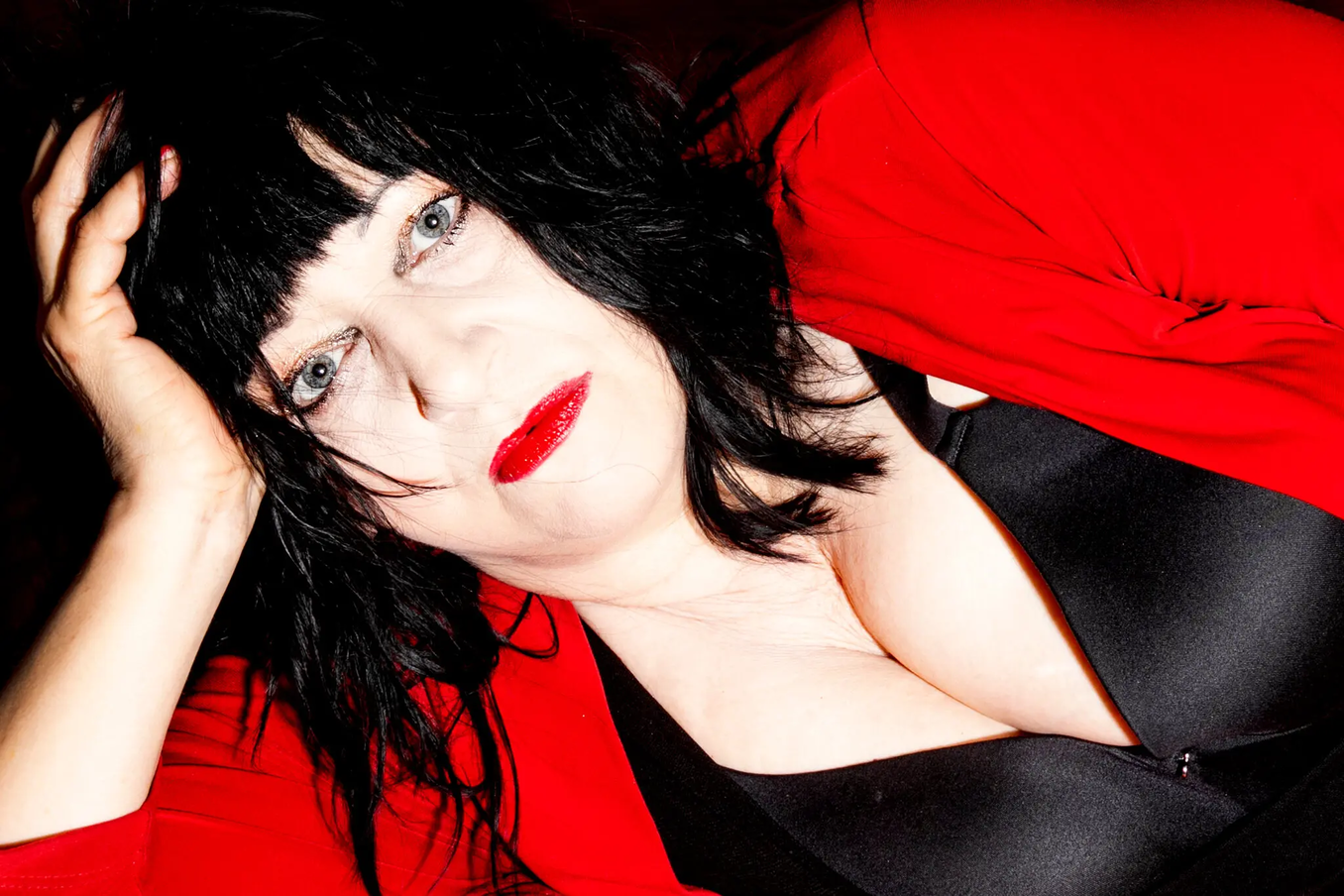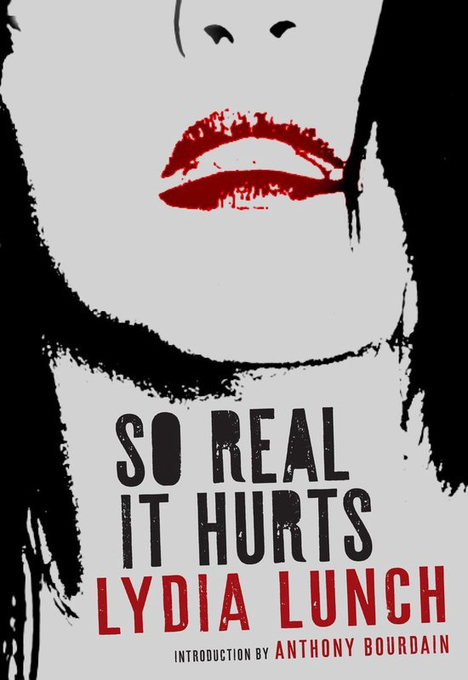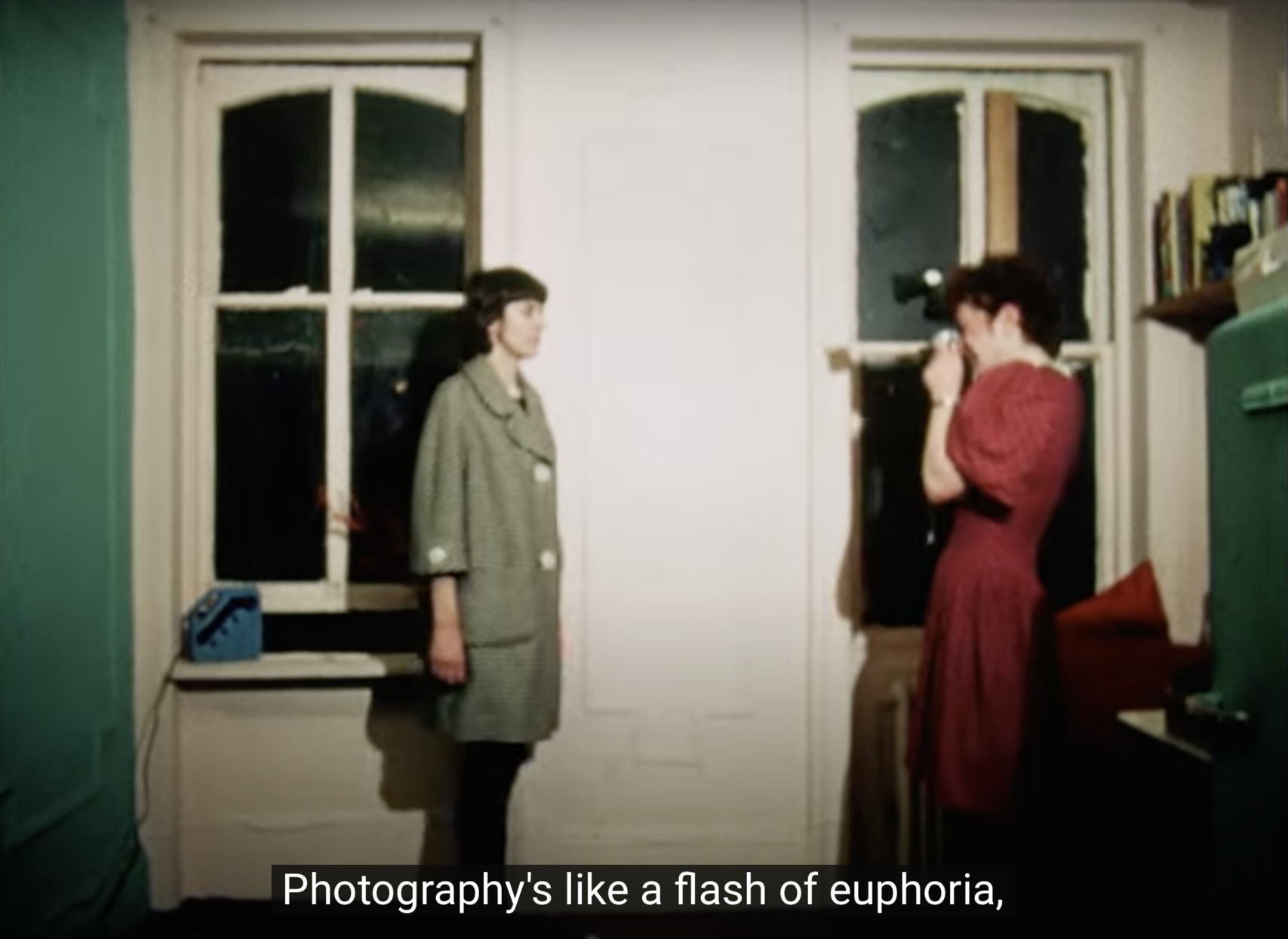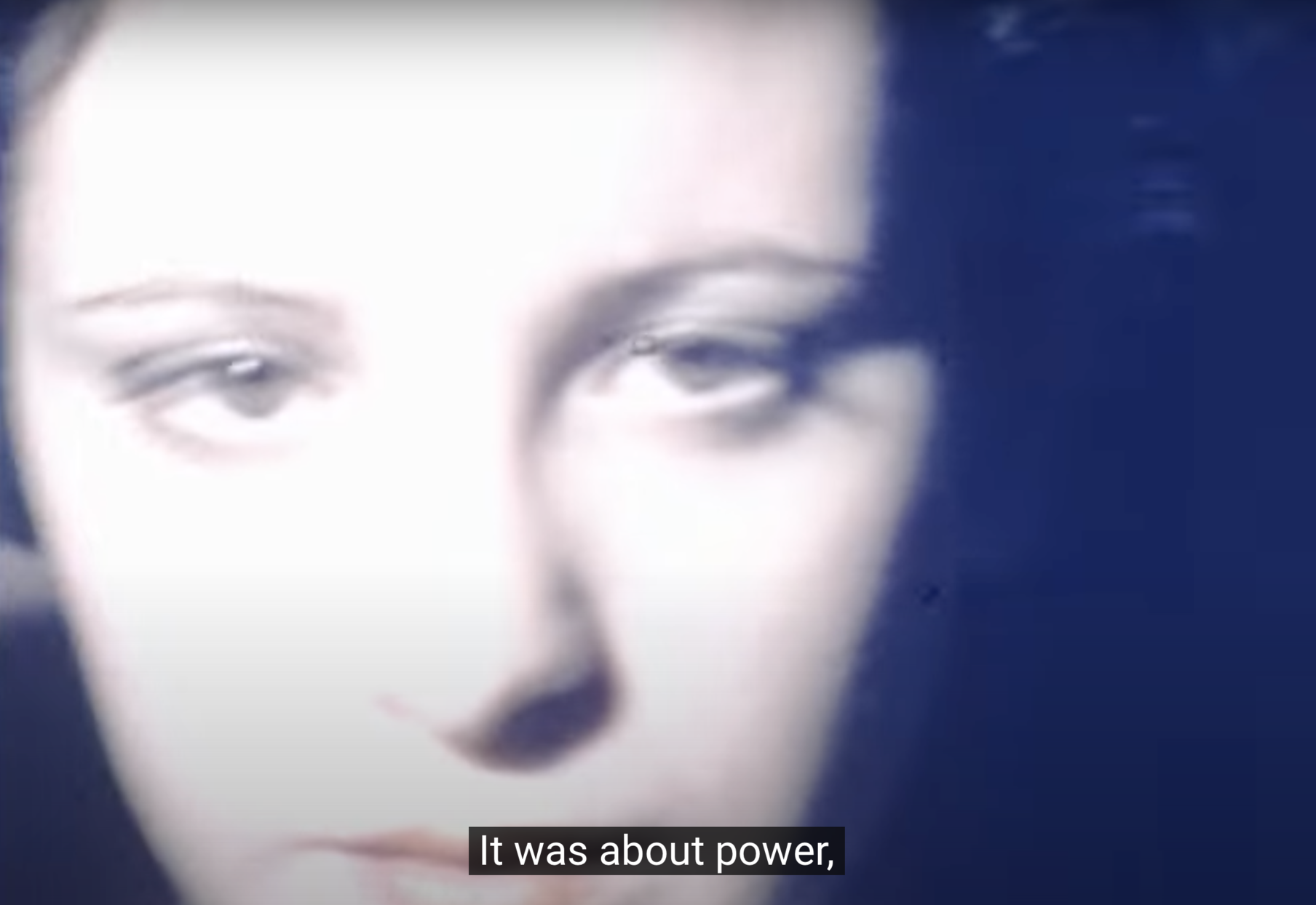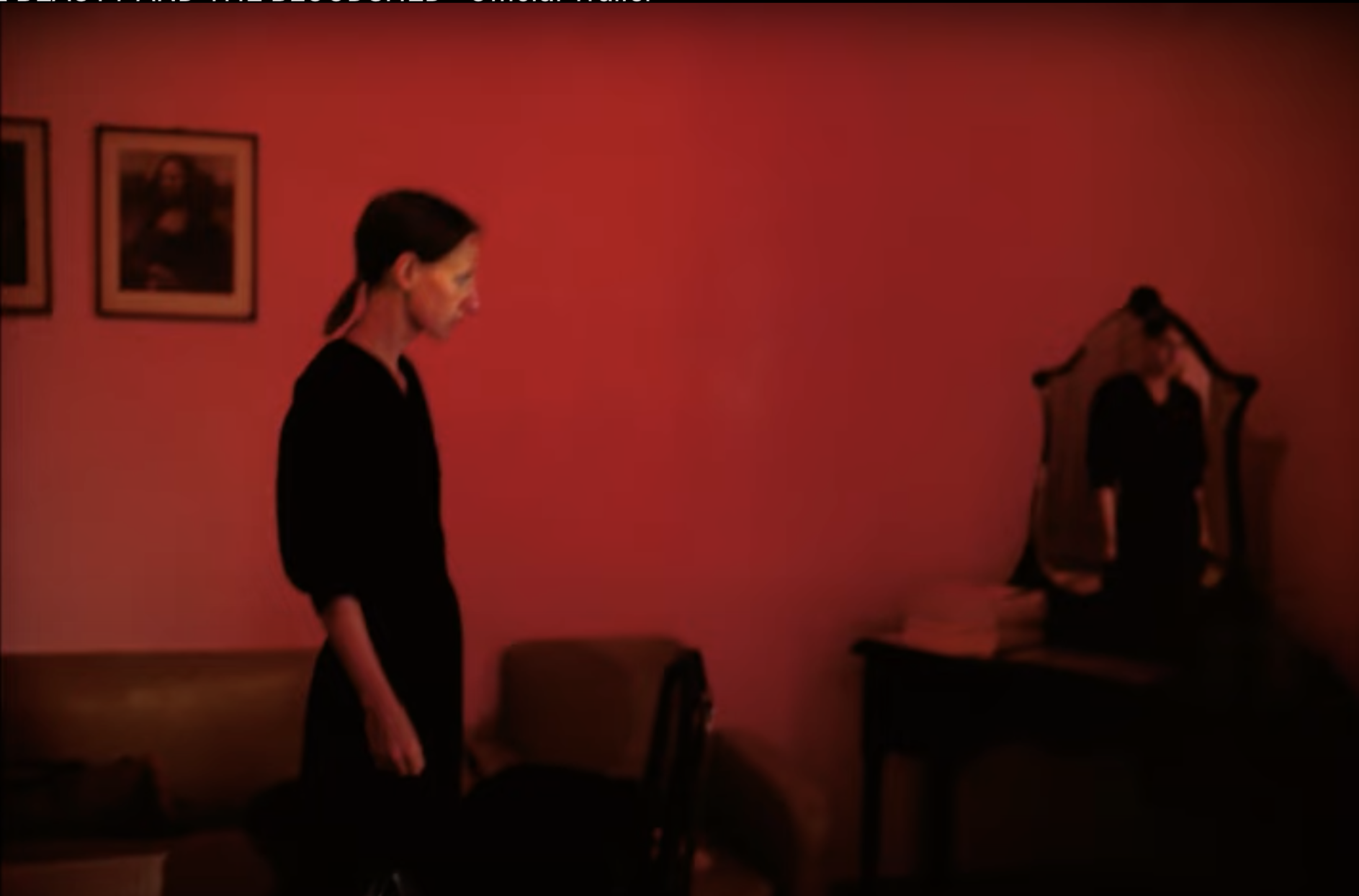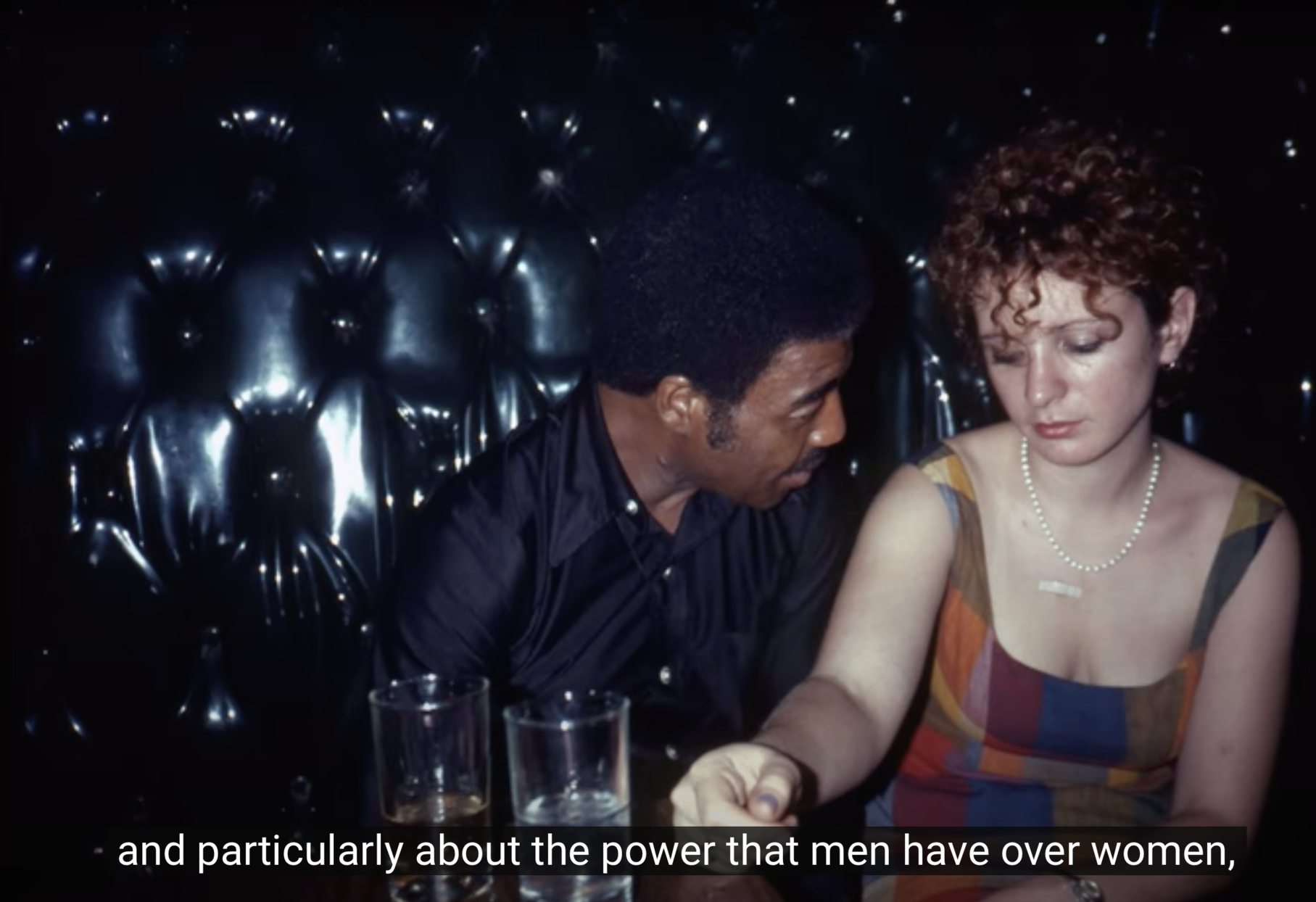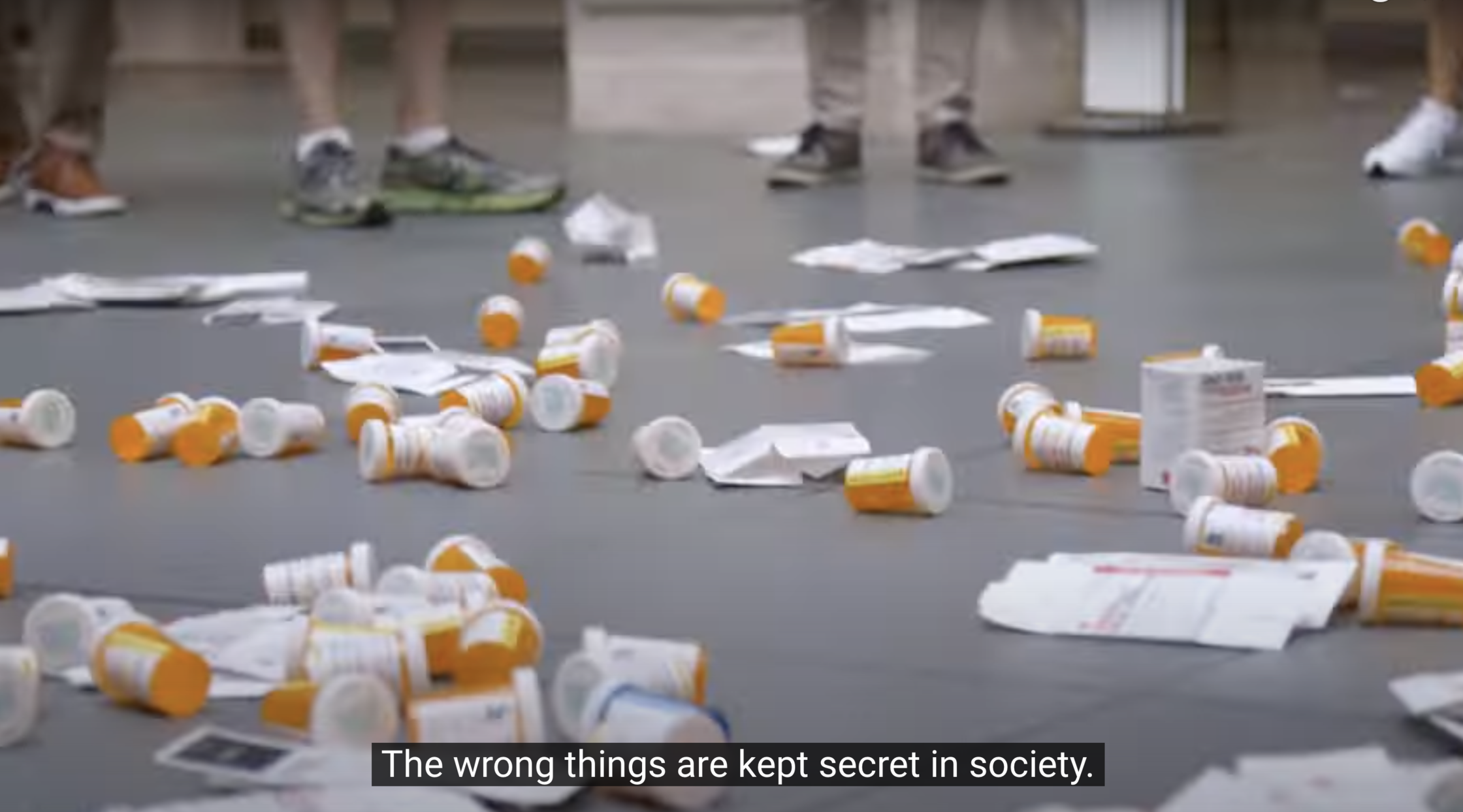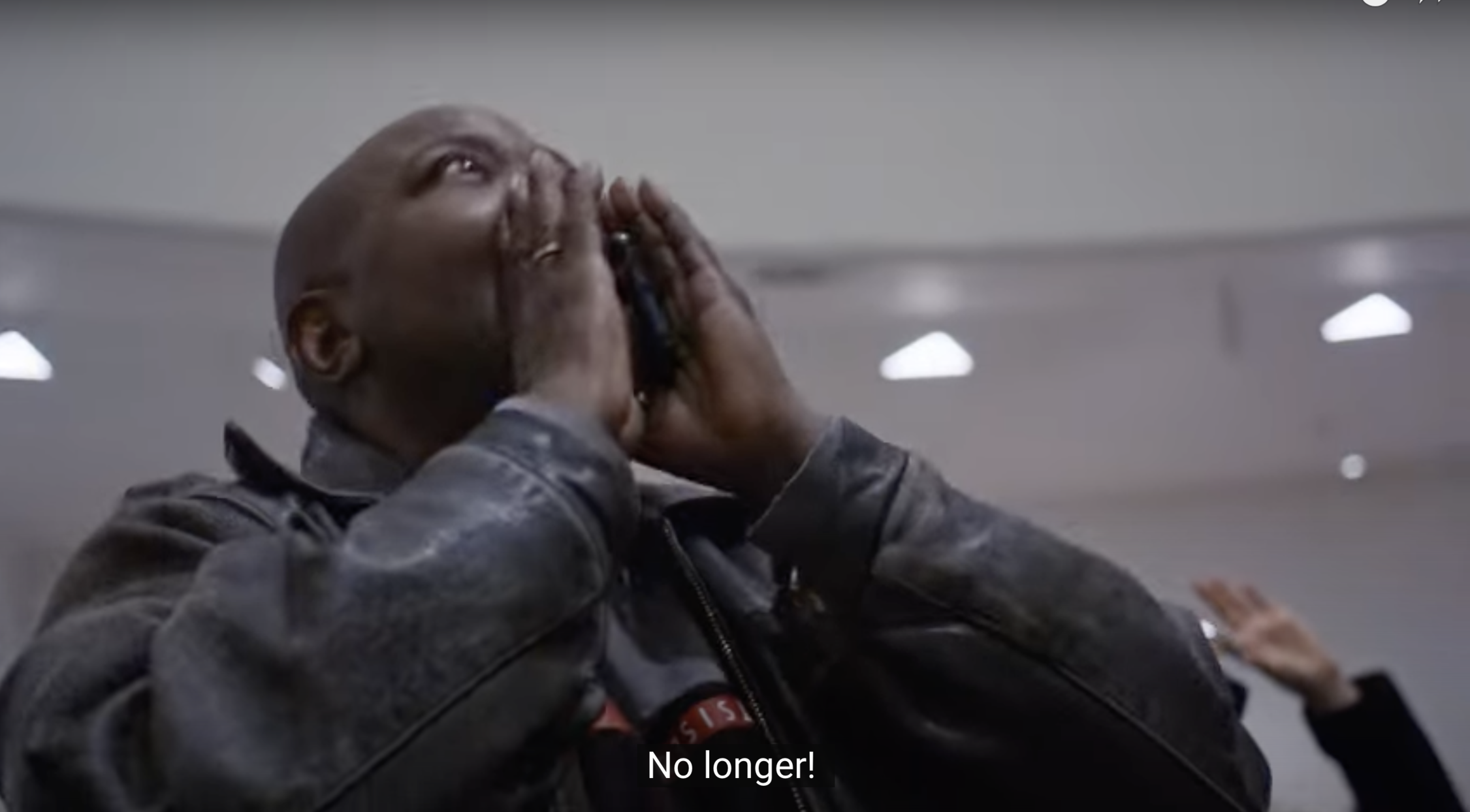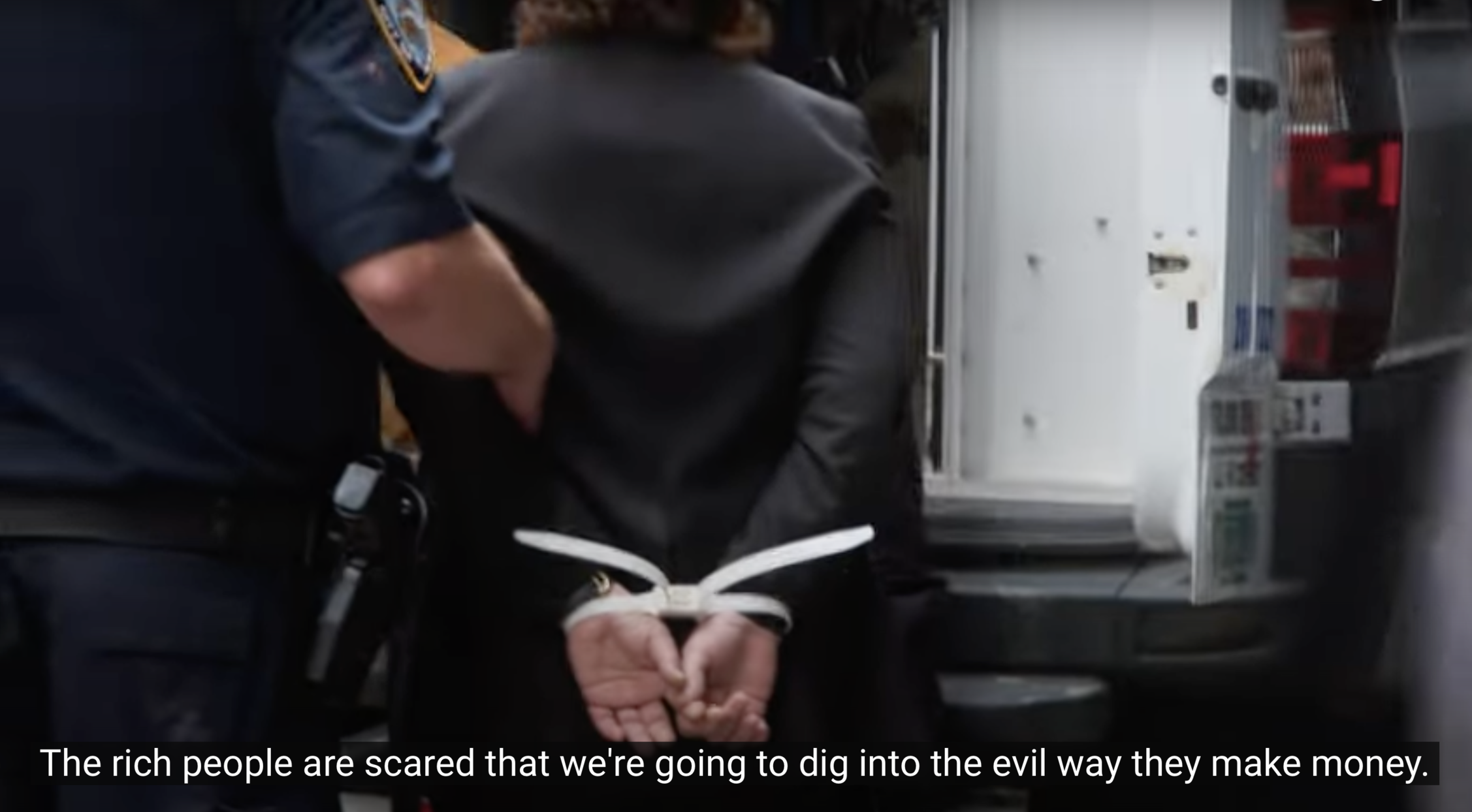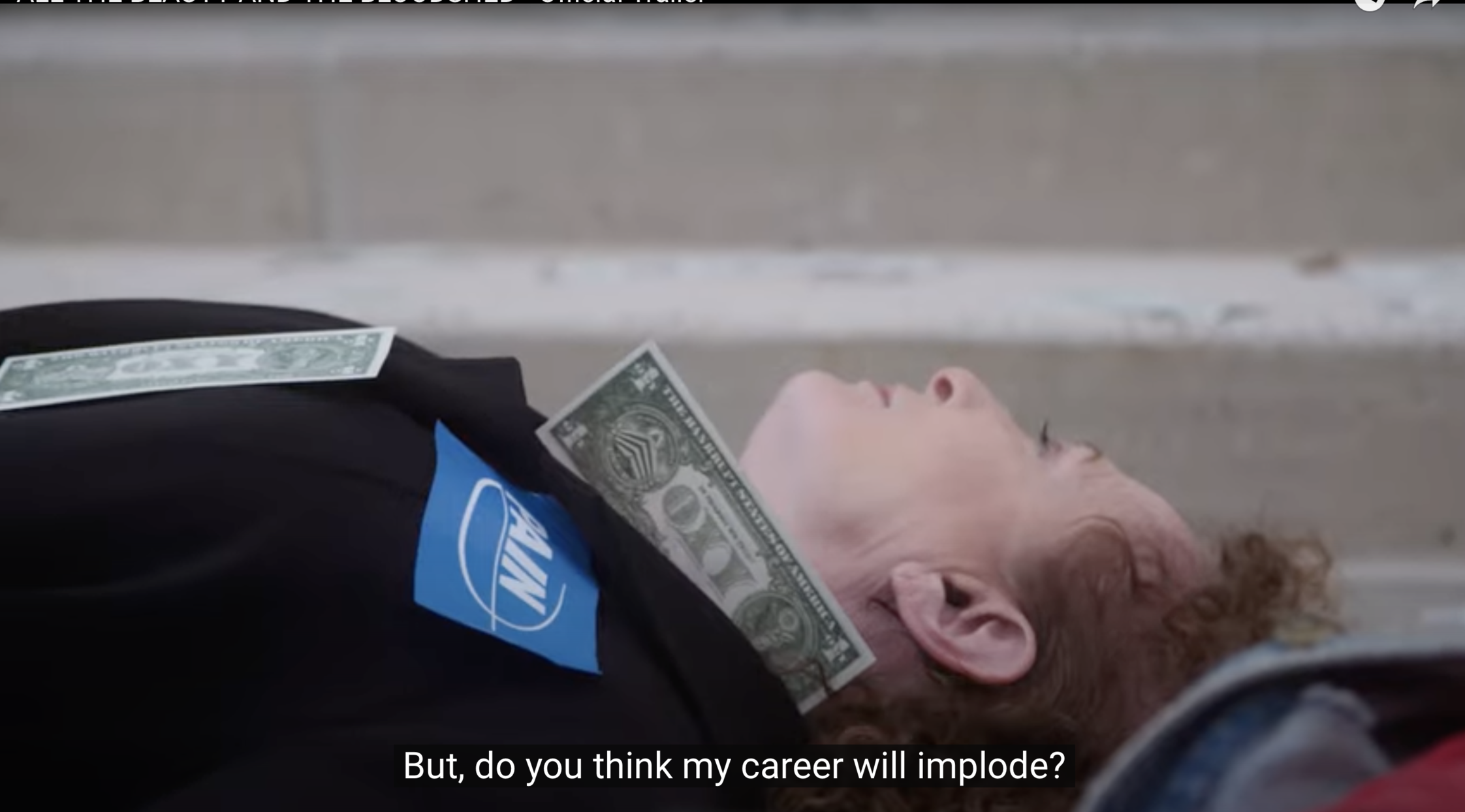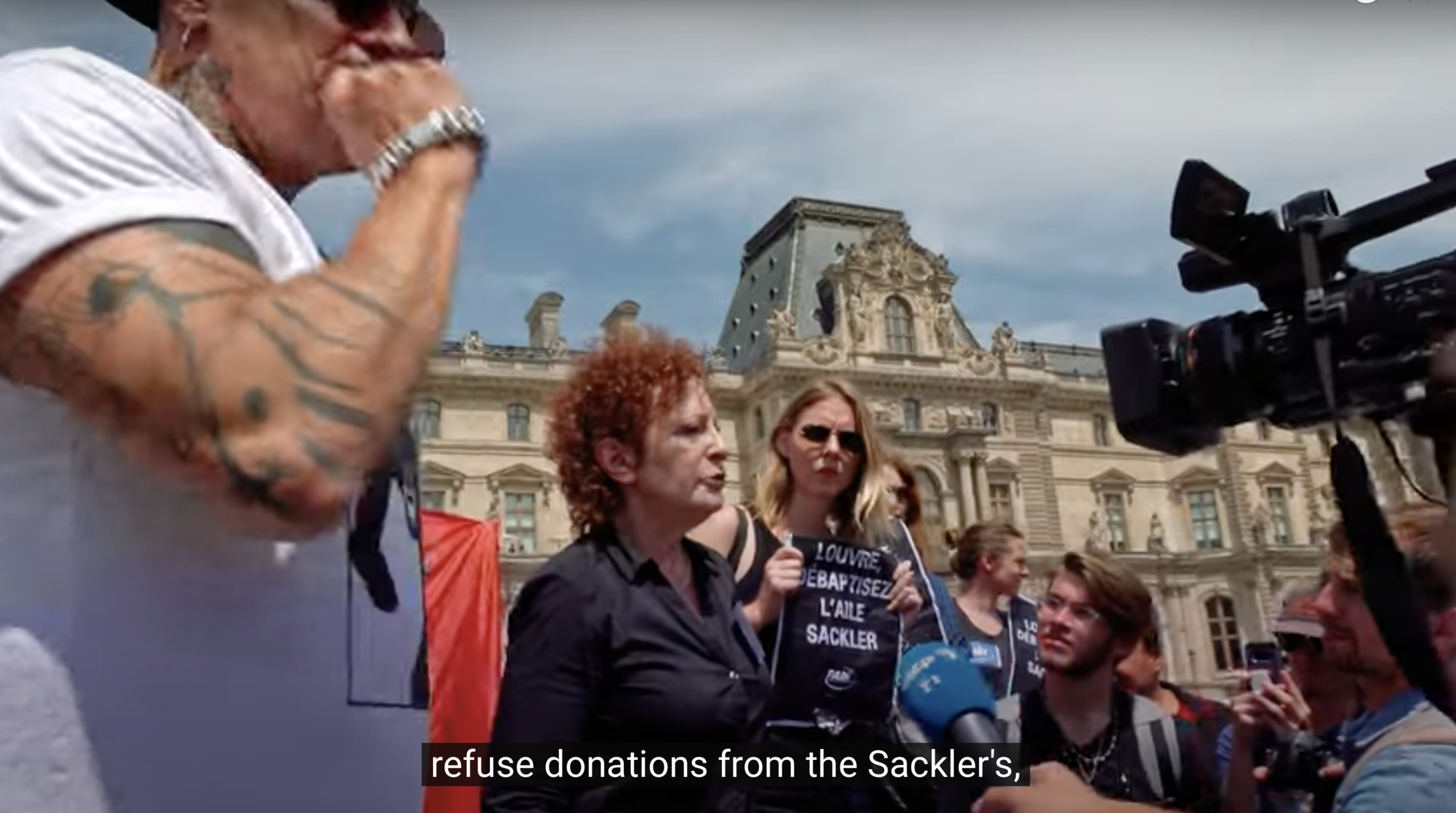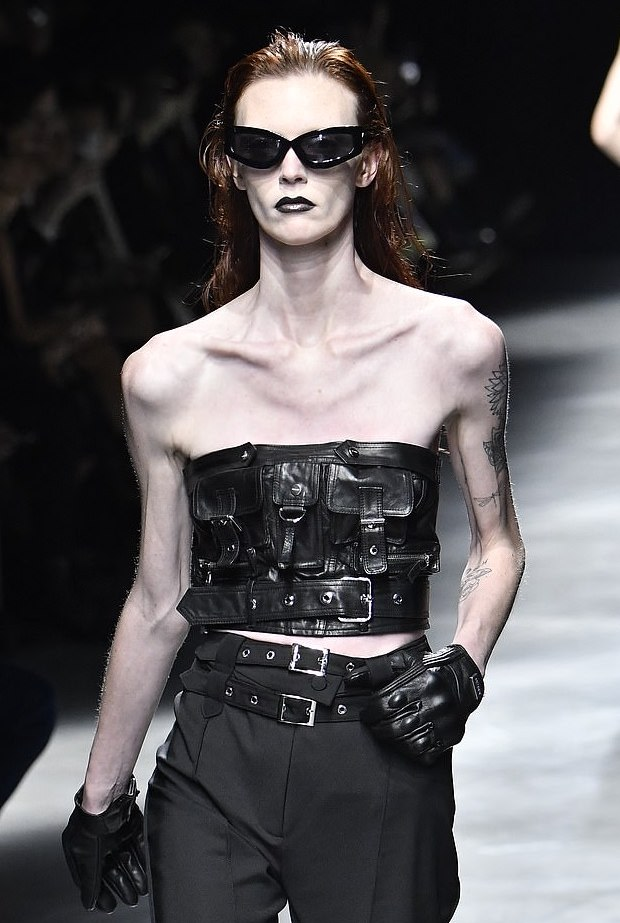About ethics and aestetics and the thin line between disguise and identity.
“Trigger Warning // Drug Abuse"
To introduce the topics I am going to discuss, I took some quotes from a book I read; So Real It Hurts (May 8, 2015), an autobiographical story in which punk musician and cultural icon Lydia Lunch talks about the effects of poverty, abuse, enviromental pollution and misogynistic men since her arrival in New York in 1976. She details the traumas and trials that shaped her into the figure she has become. Presenting her exploits in full honesty, Lunch challenges you to dig deeper, pulling the reader in to an unromantisized world that is hers.
"I'm war torn, battle fatigued, and deeply wounded by humanity's ignorance, stupidity, and greed."
P. 11 line 10-12
"I courted Death, who always wins in the end, but I truly I wanted LIFE. In the extreme. I needed experiences that would force me to truly appreciate everything."
P. 10 line 16-19
"it didn't take long for a movement to begin that triggered a maelstrom engulfing almost an entire generation into a noisy chaotic rampaging mass that rebelled against repression, threatened anarchy, and insisted that the revolution would be supported by neither state, church, government, nor corporate sponsors."
P. 109 line 11-17
"The high-drama posturing of glam rock and its gurus-T. Rex, Roxy Music, the Sweet, David Bowie, and the New York Dolls-was a direct rebellion against the dirty hippie look of the late 1960s, which stunk of low-slung jens, unwashed feet, and tie-dyed T-shirts sporting peace symbols and political slogans."
P. 106 line 7-12
"I admit it: the American way of life has turned me into a death-defying murder junkie where all the killers are Heroes. All the heroes are killers, and I myself am filled with a murderous rage."
P.4 line 5-9
"I was glutting on everything in a desparate attempt to feel something, anything. I wasn't born numb to life, but trauma of birth, repeated exposure to the violence of alcoholism and nigt terrors had short-curcuited my emotional hard drive before I even hit puberty."
P. 10 line 26-31
To continue my reserach, I watched All The Beauty And The Bloodshed (2022). This movie, directed by filmmaker Laura Poitras, is about artist and activist Nan Goldin, about her personal fight to hold the Sackler family accountable for the overdose crisis. The story is told through her slideshows, interviews, photography and footage of her protests and actions.
Nan Goldin (1953) is an internationally known photographer who founded the advocacy group P.A.I.N. (Prescription Addiction Intervention Now) in 2017 after her addiction to OxyContin and near fatal overdose of fentanyl. 'Purdue Pharma', an American private pharmaceutical company owned by the extremely wealthy Sackler family, introduced OxyContin in 1996. Goldin had become addicted to OxyContin after it was prescribed while she was recovering from surgery. The drug was agressively marketed and highly promoted, fueling the opioid crisis in the U.S which has caused approximately one million deaths since 1999.
The sackler family has financially supported the arts for numerous major museums, like The British Museum and the Louvre. P.A.I.N. targets museums and other arts institutions to hold the art community accountable for its collaboration with the Sackler family. This was with great struggle but also success. Since P.A.I.N.'s activities most of the targeted museums have cut ties with the Sackler family and in 2021 Purdue Pharma filed for bankruptcy.
Screenshots from All The Beauty And The Bloodshed - official trailer
Click on the arrow to see the slideshow
The movie is beautifull and and comforting in structure, each of which begins with a photographic sequence or archival footage of a period of Goldin's life and then transitions to footage of her recent protests.
Walking out of the cinema, I was extremly touched. The Sackler family contributed to uncountable deaths. What hit me the most was their ignorance. Parents that lost their children to this drug and people that lost their friends, shared their story with the Sackler family, showing real pain and grief. Even sharing 911 calls. It takes courage to do that, but the reaction of the Sacklers consisted of only numb faces, protecting themselves from emotions that could effect their financial wellbeing. So many questions aroused to me. Where is the morality? When will they take responsibility? It took so many efforts and lives to acchieve change. Perdue Pharma may be bankrupted, but the Sacklers live happily ever after.
The actions of P.A.I.N. gave me goosebumps. They communicate with such power and peace at the same time. I felt pain, despair and enormous strength.
This story made me realize that fame = power and not enough people use that power. Nan Goldin grabbed the voice she had and shouted as loud as she could.
And she succeeded.
To create a better understanding of the punk scene and the harddrug subculture, I had a conversation with an ex-addict who spend her childhood and youth in the Netherlands between the 1970s and mid-1980s, the time covering the late hippie and early punk period.
We talked about life at that time, the drug scene, the created atmosphere and the resulting love and identity.
“Trigger Warning // Eating Disorders"
Transcript
March 25, 2023
Can you describe the scene, how did it emerge?
Yes, well, actually already in the mid-70s, by then you had already had the Woodstock festival, the really big drug use was already there. A lot of hash, but also psychedelics. Then heroin also crept in, but the people who experimented with those kinds of drugs were a completely different kind of group than today. These were people who often thought revolutionary. We all thought it was very special, but we also followed each other. You had examples like Lou Reed and Patti Smith, those were people who were also socially engaged, which I myself was aswell at a very young age. At the age of fourteen I already became a member of a communist youth movement. It was still the hippie era, but it was also the beginning of punk, which I experienced very closely. I lived in a squat with Peter Klashorst, who was actually one of the first to use the drug scene in his paintings and organize parties. And I do remember that he invited a group of punks and put up paintings, which of course all got destroyed, to which I said, "Yeah, but that's just punk."You know, there was a kind of turnaround at that time, from the sweet flower power, it all became darker and the drug use also became darker. The way we dressed was quite romantic at first; flowery dresses, bare feet, sandals, flowers in the hair, ripped jeans on which we embroidered. And at some point it went black. We were also very thin, because we ate little and used a lot of drugs. You saw a representation of this in pop culture. Patti Smith in particular was just a style icon, also the androgynous. We made our eyes black, our skin and lips even lighter.
Whas this a response to something? A change in society?
No, we just thouht it was pretty. I still remember how it started for me. At one point I saw a girl who had what you would now call 'smokey eyes' and that whitish look. I liked that, so I started doing the same for myself. In retrospect, I think this is what inspired that look later on. We weren't consciously working on a look at all. You fall into it because you are in a certain scene with completely different beauty ideals. In the 50th / 60th years you had Marilyn Monroe-like beauty ideals, with breasts, buttocks and hips. And then you had Twiggy, and Twiggy was literally a twig, with no buttocks, no breasts.
That shift seems to be happening now too. Look at Kim Kardarshian, going from pumping up her curves to removing it.
Yes, also then it kind of moved back and forth. My generation still thinks you can't have an ass or hips.
Exactly, many 50+ women stand in front of the mirror and ask "Is my butt not to big in these pants?." while many of my generation will wear pants that accentuate the curves and would advice those women to buy the pants.
Yes, it really was a totally different world. I don't think that mindset will go away anytime soon. It seems as if you move less with the fashion image at a later age. But moving on, at one point I had gotten a little too far into the drug use, it was actually a make or break situation and I had to go to a rehab clinic. I was just lucky that at that moment I ended up in a place with people who could still reach me, for whom I wanted to do it. Because it wasn't so much that I thought it was important myself, but more that other people thought it was important.
And how old were you then?
Umm, I was almost twenty. I spent two years there, with ups and downs. But the problem was, after stopping the drug use you gain a lot of weight. Firstly because of hormonal changes and secondly because of the need to compensate. The only nice thing left was food, it was the only thing that gave some endorphins. So a year later, I was twenty kilos heavier and I noticed a change in how my environment reacted to me when I looked thin and vulnerable and when I was, lets say, bigger in size. In other words, people become much more unkind to you.
They treated you as if you had lost your fragility?
Like you can take it all. That was a huge shock for me and from that, in addition to the existing ideal image of wanting to be thin, I developed bulimia and anorexia, which also almost had a fatal outcome. Luckly I somehow managed to turn it around. I just needed love, but it almost killed me. How people treat you and what society expects of you has everything to do with the ideal image. I was too sensitive for that.
A lot of people are too sensitive for that, even now. We move with every little change, with every trend, also around bodies. Just look at the resurrected 'heroin chic' trend.
Yes, models are just walking clothing hangers, justified by fashion houses with the idea that "it just looks more chique on a slim and tall body."
What do you think of this? That this image from your time is now coming back as a trend.
To me this is very cynical. You can romanticize it, but it's not that much fun. Although, I must say that there were also a lot of special moments during that time. I don't think it's comparable to today's drug scene. There was a time where it had a kind of romantic vibe. Squatting buildings, forming your own community, turning away from how things 'should' be. I puked on it. On the self-righteousness. For me it was also a great escape, sitting in the basement of a squatted villa with kindred spirits. I see this look coming back more as kitch. You imitate something of which you don't know what's underneath, from a kind of uhh... 'we're going to do something with an edge', while they may never have known the edge themselves. And if you had known the edge you would handle it more carefully. I think. Someone like Vivienne Westwood on the other hand, used the aestetic from a deep understanding for and connection with the culture.
Yes shocking is very present in today's fashion.
It's a bit of an effect hunt, which is exactly what kitch is. You're after an effect, but you're missing what's underneath. In the time when this was really alive, people pushed the boundaries, created their own world, with all the pitfalls that entailed. But there was also a lot of action, just look at Nan Goldin. People were pushing boundaries, both in sexuality and in society. There was mutual solidarity and that is what is now completely missing. I also find it difficult to have an opinion about it and they say it is not allowed, everything is allowed in art I believe, but it would be nice if a little context would be given.
End of conversation.
"For me it was also a great escape, sitting in the basement of a squatted villa with kindred spirits."
The junky look is being commercialized by the fashion industry. It perpuates stereotypes and uses addiction as a fashion statement. Glorifying a destructive lifestyle, they prioritize profit over ethics.
Without having a multi-perspective view, we tend to romantisize, but when peeling the layers of a story, new insights emerge and better understanding is created.
Thank you for reading my research.
